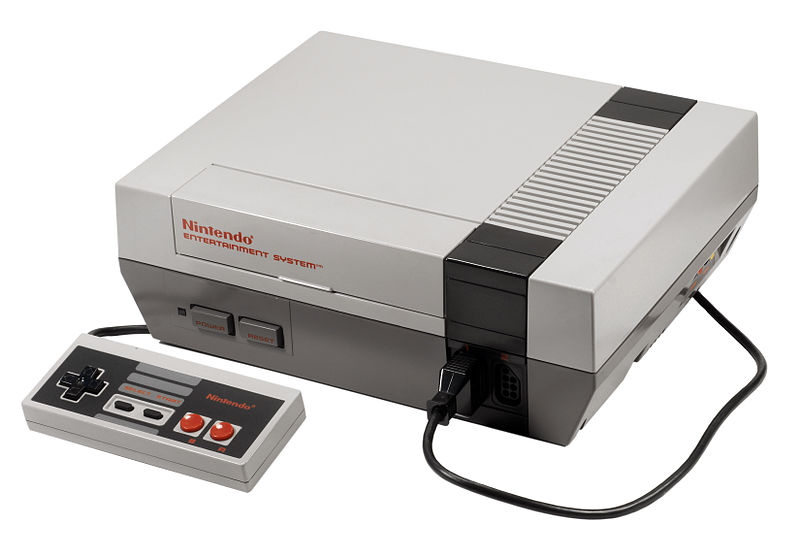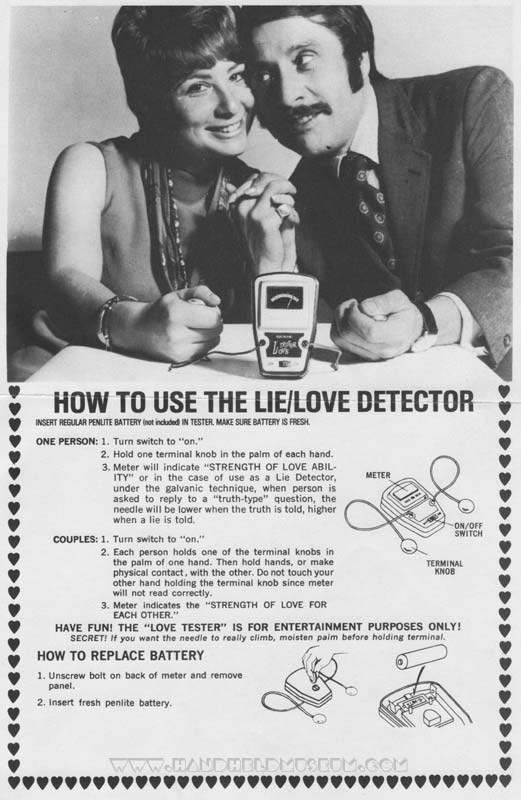Cards, Love, and Mario

The Nintendo corporation was founded in Japan in 1889. But it was not until 1985 that the Nintendo Entertainment System — the now-iconic video game console pictured above — made its way into North America. But no, the Japanese did not have Super Mario Bros. a century before Americans — a different-looking Japanese predecessor to the North American NES debuted in Japan in 1983, not 1889. What was Nintendo doing beforehand?
The company’s beginnings trace back to playing cards. Not the standard ones involving an Ace and a King, but rather a style called hanafuda, or “flower cards,” which Nintendo developed and became popular in gambling parlors in Japan almost immediately. From 1889 until 1956, this was the company’s only notable product, and may have remained so until Hiroshi Yamauchi, the company’s chairman (and grandson of its founder), travelled to the United States to visit the headquarters of the United States Playing Card Company, the world’s largest company in that business. Upon finding their offices to be rather small, Yamauchi realized that the addressable market for hanafuda was, similarly, tiny, and looked to diversify Nintendo’s product offerings. Eventually, they’d get to video games — but it was a long trip to get there. (There’s an easy warp zone joke to be made here. I’m going to pass. But you may want to mentally write one in.)
Nintendo’s video game business began, in earnest, in 1974 when they acquired the rights to distribute the Maganvox Odyssey — generally considered the first home-based video game console — to retailers in Japan. Within three years, Nintendo developed its own platform and soon after refocused the business. But for the interceding two decades between 1956 and 1977, Nintendo searched for direction, and ended up travelling in many different ones.

One such direction? Developing the Love Tester — described in the ad pictured above (via here, which also has a picture of the device). It was a novelty toy: Potential mates would each hold one end and then hold hands or otherwise make “physical contact.” The tester would, in turn, indicate the couple’s “strength of love for each other.”
The device was one of Nintendo’s first forays into electronics, but it was not its first efforts to break into the market for amorous relations. That endeavor, called a “love hotel,” was less innocent than the “for entertainment purposes only” Love Tester. A Japanese creation (independent of Nintendo) in the mid-20th century, love hotels are motels of a sort, optimized for discreet trysts. Reservations are typically not allowed, and overnight stays discouraged. Rather, rooms can be booked on the spot for, at most, a few hours at a time. Transactions with hotel staff were anonymized; as Wikipedia notes, “rooms [are] often selected from a panel of buttons and the bill [is] settled by pneumatic tube, automatic cash machines, or a pair of hands behind a pane of frosted glass.” And when Japan outlawed prostitution in 1958, the use of these motels, unsurprisingly, increased noticeably. Nintendo entered the love hotel game sometime between 1963 and 1968.
Nintendo got out of the prostitution-enabling game quickly, but not necessarily for moral reasons. Most likely, the business simply didn’t pan out for them, as evidenced by the other endeavors Nintendo experimented with in the mid-1960s. Nintendo went into the taxi business, owned a TV station, and even made instant rice. These business, predating Mario (who debuted in Donkey Kong in 1981), lacked the modern “Nintendo” branding we are all familiar with (although it would not be shocking to hear that magic mushrooms were common in the love hotels); it’s hard to see how any of them had an effect on the video games the company is best known for.
Nintendo’s original product — hanafuda cards — are still being produced by the company, albeit likely only for history’s sake. The rest of the products and services are no longer in Super Mario’s World.
Bonus fact: Over the years, Nintendo has gone into other businesses, but most are related to the video game one (or, often, a licensed use of Nintendo’s characters). There’s been, for example, Nintendo Power magazine, a Super Mario Bros. television show, and even Nintendo cereal. Nintendo Power, which will cease publication later this year, used to publish high scores from various games, as sent into them by readers. One such reader was Steve Wozniak, a co-founder of Apple Computer. On his website, Woz recounted his success at Tetris: “I am extremely good at Tetris on the Gameboy and had my name listed in Nintendo Power magazine a few times in the early days for my top scores. After they wouldn’t print my name any more I submitted an entry with my names spelled backwards, Evets Kainzow, and they printed it! When I saw the issue, I’d forgotten that I’d sent it in and was worried that someone was challenging my own level!”
From the Archives: The $13,000 Nintendo Game: Apparently, Nintendo is (accidentally) in the garage sale lottery ticket biz, too.
Related: Mario-themed hanafuda cards, originally from a Club Nintendo promotion.

Leave a comment